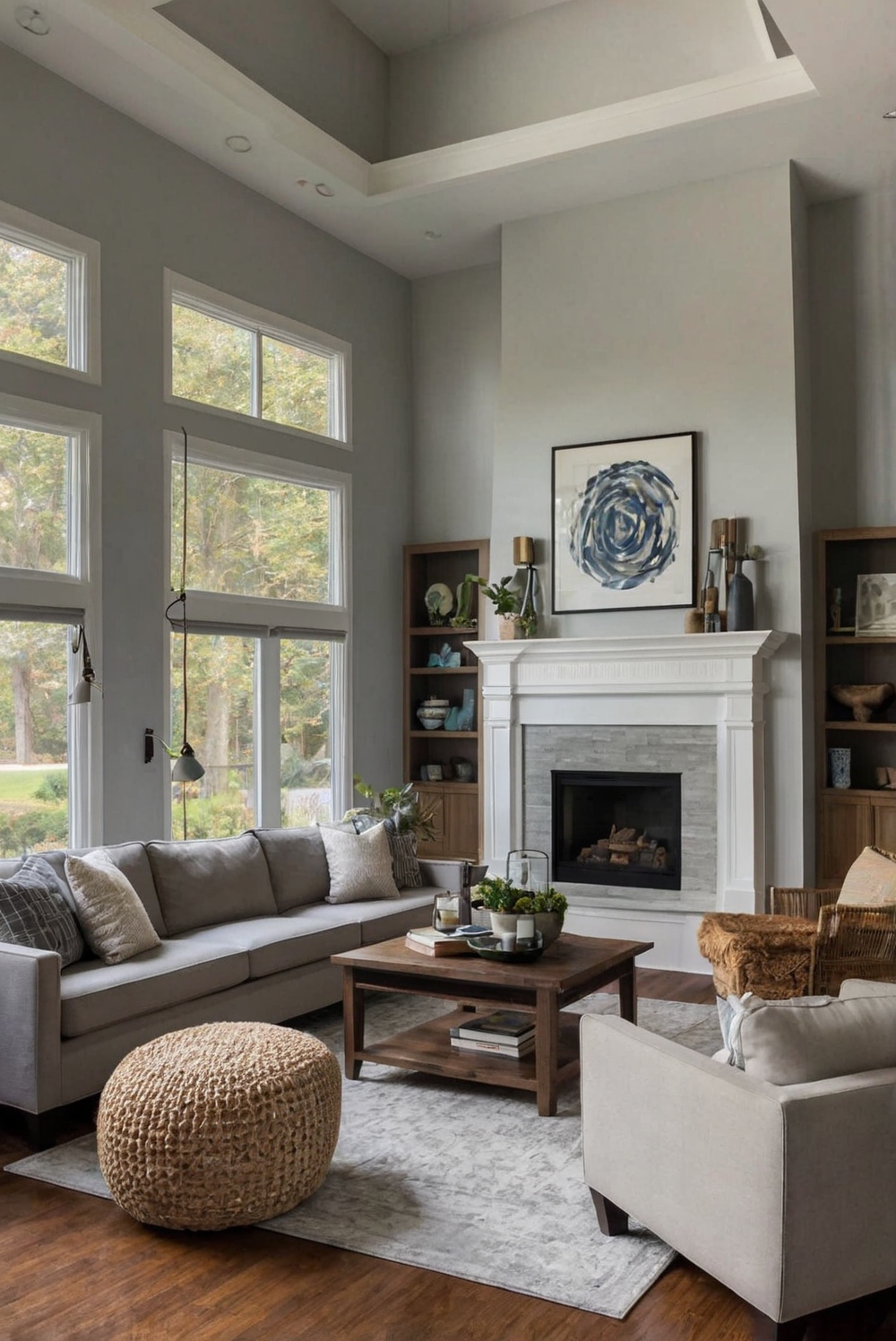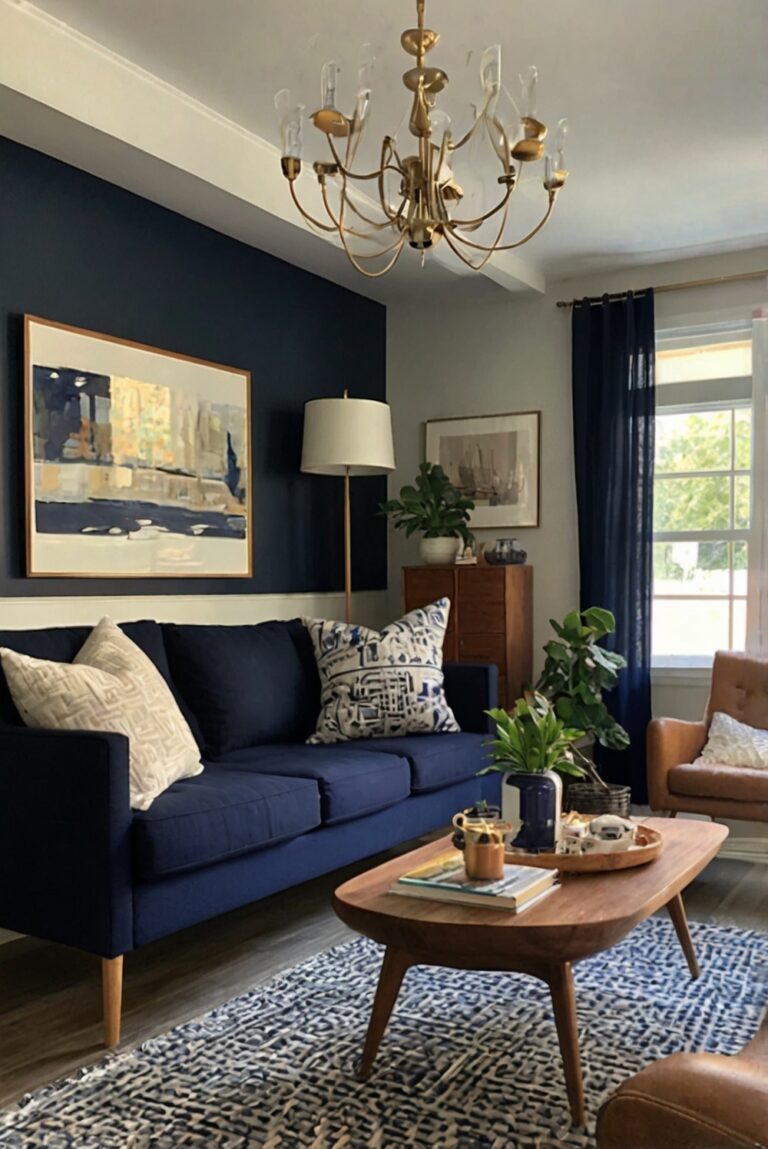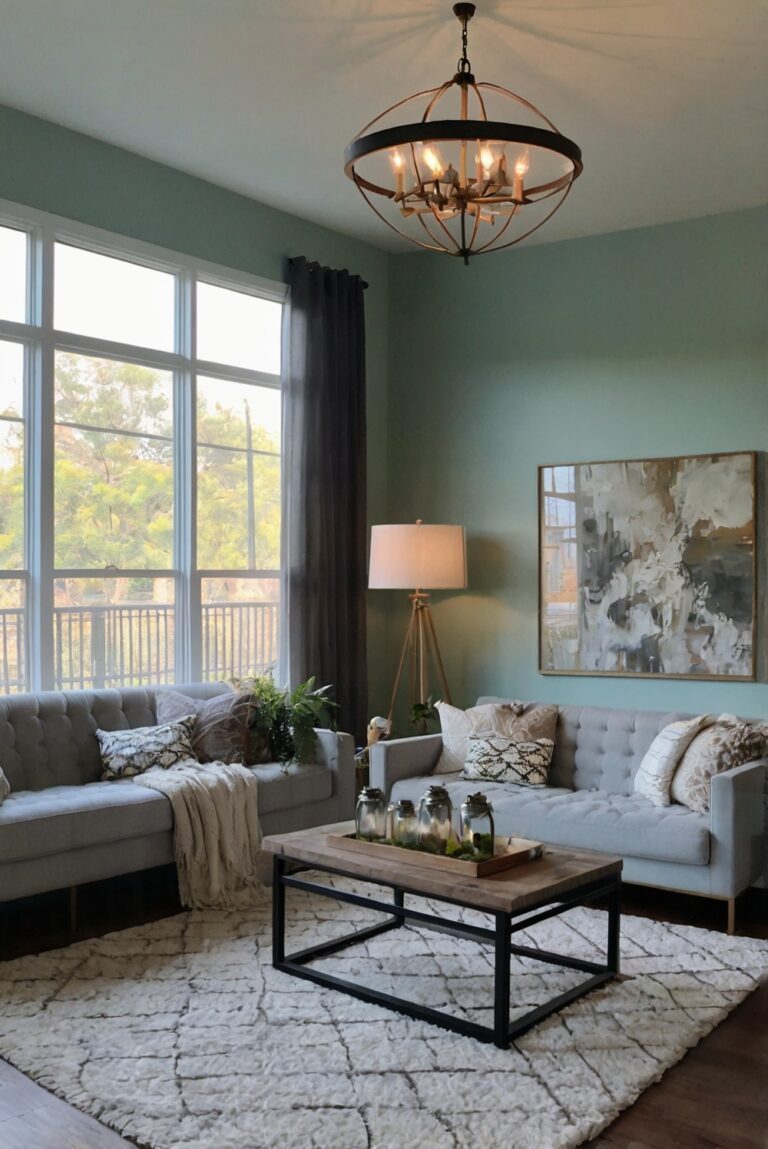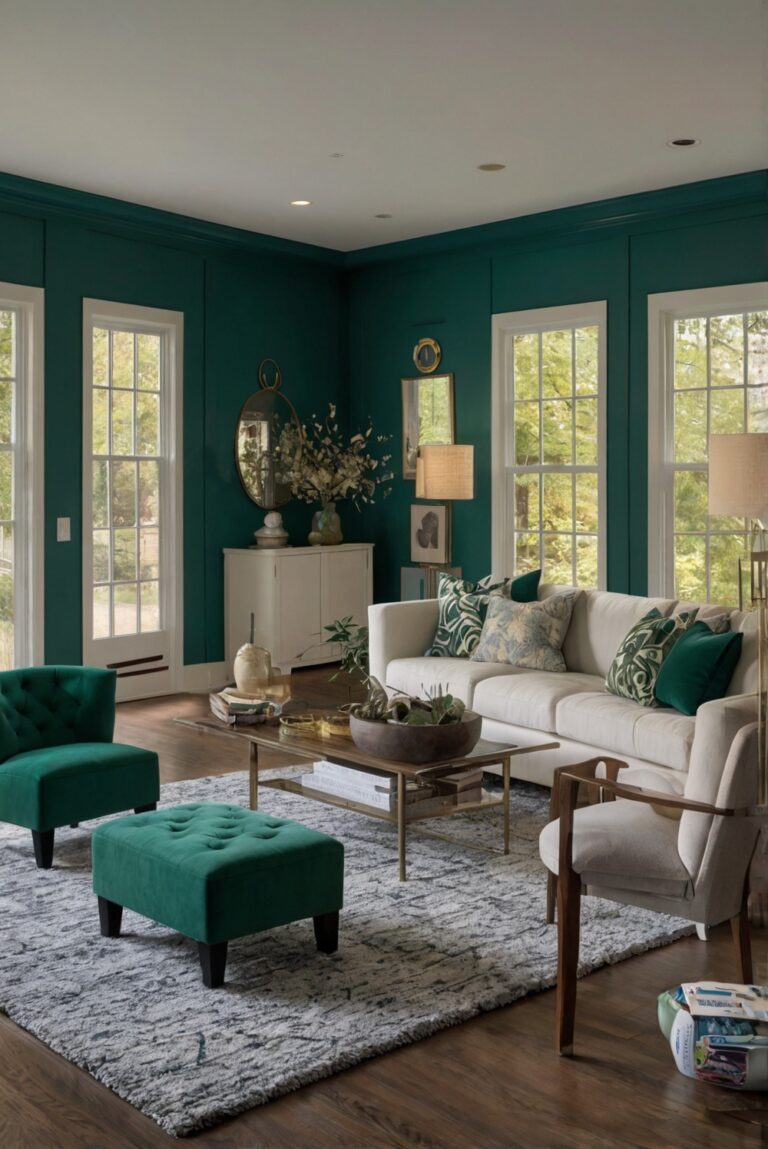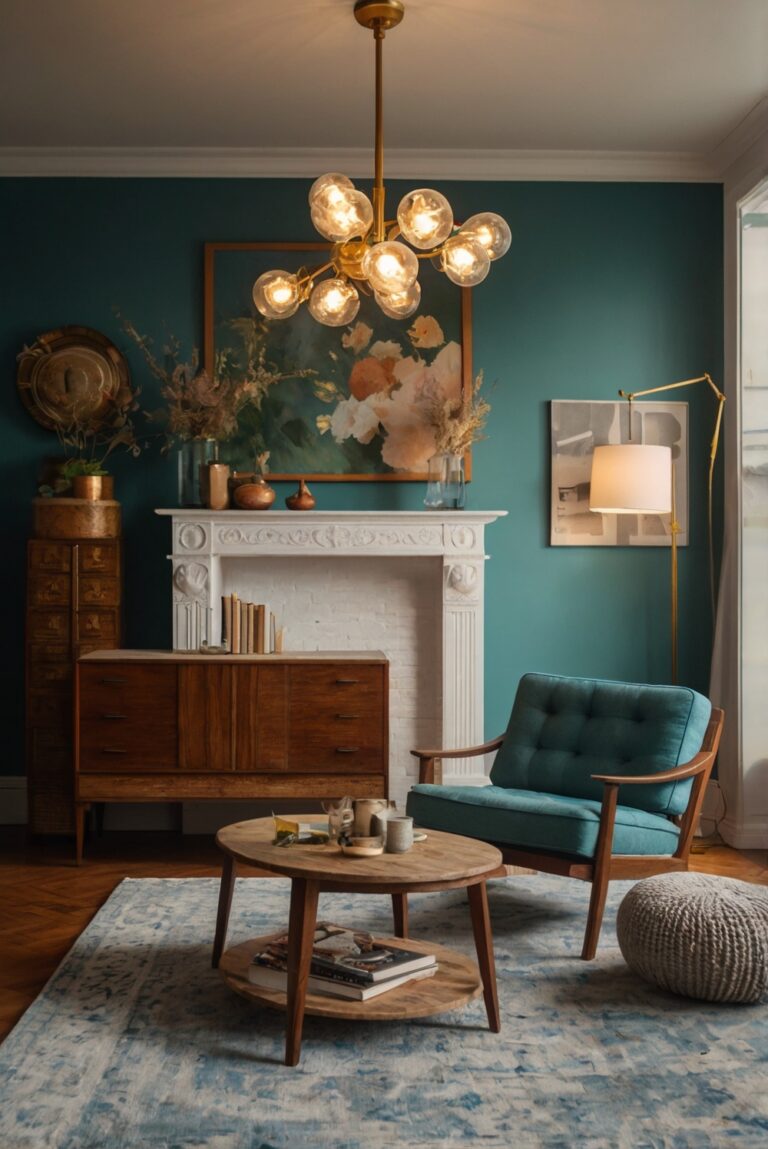Learn expert tips on achieving the perfect balance of natural and artificial light in your living room. Elevate your space design with the ideal lighting combination.
To balance natural and artificial light in your living room, start by strategically placing light sources to create a harmonious blend. Utilize sheer curtains to allow natural light in while minimizing glare. Opt for adjustable artificial lighting fixtures to control the intensity and direction of light. Consider the color temperature of your artificial lights to complement the natural light. Use reflective surfaces like mirrors to enhance the brightness in the room. Proper space planning is key to ensuring the even distribution of light. Experiment with different lighting combinations to find the perfect balance that suits your home decorating style and enhances the overall ambiance of your living room.
How do you balance natural and artificial light in your living room?
– Importance of Natural Light: Natural light is essential for creating a warm and inviting atmosphere in your living room. It not only enhances the aesthetics of the space but also has numerous health benefits such as boosting mood, reducing eye strain, and regulating sleep patterns.
– Benefits of Artificial Light: Artificial light is necessary for illuminating the room during nighttime or on cloudy days when natural light is limited. It helps create a well-lit environment for various activities such as reading, watching TV, or entertaining guests.
– Blending Natural and Artificial Light: To achieve a perfect balance between natural and artificial light in your living room, consider the following strategies:
– Placement of Windows: Position your furniture in a way that allows natural light to flow freely into the room without any obstructions. Avoid blocking windows with bulky curtains or furniture pieces.
– Layered Lighting: Combine overhead lights, floor lamps, table lamps, and wall sconces to create a layered lighting effect. This will help distribute light evenly across the room and prevent any dark corners.
– Dimmer Switches: Install dimmer switches for your artificial lights to adjust the brightness according to the time of day and your mood. This will allow you to control the intensity of light and create a cozy ambiance.
– Lighting Fixtures: Choose light fixtures that complement the overall decor of your living room while providing ample illumination. Opt for fixtures with adjustable arms or shades to direct light where needed.
– Light Color Temperature: Consider the color temperature of both natural and artificial light sources. Natural light tends to be warmer during sunrise and sunset, while artificial light can be adjusted to mimic daylight or create a relaxing ambiance.
Conclusion:
– Creating a harmonious balance between natural and artificial light in your living room is essential for enhancing the overall ambiance and functionality of the space. By following the above-mentioned tips and strategies, you can design a well-lit environment that meets your aesthetic preferences and lighting needs. Remember to experiment with different lighting options and configurations to find the perfect balance that suits your lifestyle and enhances your living room experience.
1. How can I balance natural and artificial light in my living room effectively?
Achieving the perfect balance of natural and artificial light in your living room can create a warm and inviting atmosphere. To achieve this balance, consider using a combination of window treatments, such as curtains or blinds, to control the amount of natural light entering the room. Additionally, strategically placing artificial lighting fixtures, such as lamps or ceiling lights, can help supplement natural light sources. Using light-colored paint on walls and ceilings can also help reflect natural light and brighten the space. Experimenting with different light sources and placements can help you find the ideal balance for your living room.
2. What are some practical tips for balancing natural and artificial light in a living room?
To effectively balance natural and artificial light in your living room, consider using a mix of lighting sources, including overhead lights, floor lamps, and table lamps. Positioning mirrors strategically can also help reflect natural light and brighten the room. Additionally, choosing light-colored furniture and decor can help create a sense of brightness and openness. If your living room receives direct sunlight, consider using sheer curtains or blinds to diffuse the light and prevent glare. Experimenting with different lighting options and arrangements can help you find the best balance for your space.
3. What are the benefits of balancing natural and artificial light in a living room?
Balancing natural and artificial light in your living room can have several benefits, including creating a more comfortable and inviting space. Natural light has been shown to improve mood and productivity, while artificial light can provide consistent illumination during darker hours. By finding the right balance between the two, you can enhance the overall ambiance of your living room and make it a more enjoyable place to spend time. Additionally, balanced lighting can help reduce eye strain and improve visibility, making it easier to engage in activities like reading or watching TV.
4. Can technology help me balance natural and artificial light in my living room?
Technology can be a useful tool for balancing natural and artificial light in your living room. Smart lighting systems, such as those controlled by mobile apps or voice commands, can allow you to adjust the intensity and color temperature of your artificial lights to complement natural light sources. Some smart bulbs even have features that mimic natural light patterns throughout the day, helping you create a more harmonious lighting environment. Investing in smart lighting technology can give you greater flexibility and control over the lighting in your living room, making it easier to achieve the perfect balance.
5. Are there any specific design principles I should follow to balance natural and artificial light in my living room?
When designing your living room to balance natural and artificial light, consider factors such as the room’s layout, furniture placement, and window orientation. Positioning seating areas near windows can maximize natural light exposure, while using light-colored upholstery and decor can help reflect light throughout the space. Additionally, avoiding heavy window treatments and opting for sheer or light-filtering options can maintain a connection to the outdoors while controlling light levels. By following these design principles and experimenting with different lighting solutions, you can create a harmonious balance of natural and artificial light in your living room.

